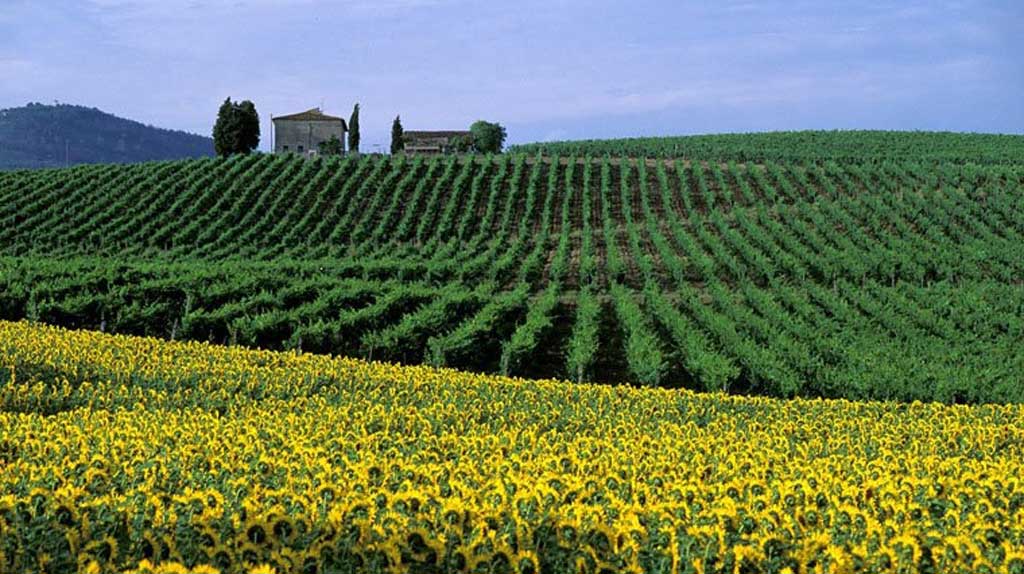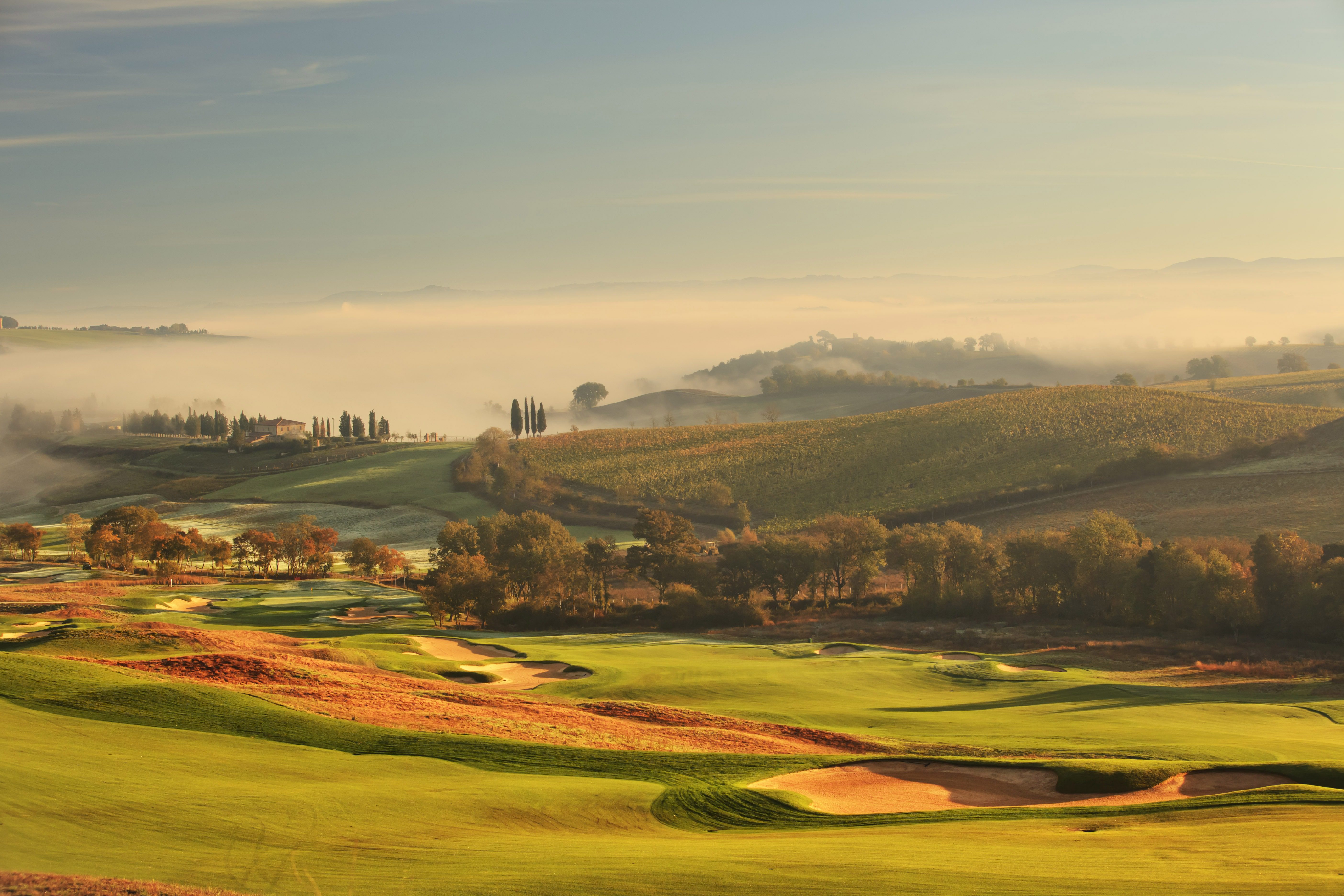
Tuscany has long ago earned a reputation for its picturesque, Italian atmosphere full of rolling hillsides of vineyards and charming medieval towns. The region’s geography varies dramatically; coastal cities teeter along the Tyrrhenian Sea, while lush mountains, quaint hill towns and river plains stretch far inland. For good reason, the region remains one of the most visited destinations in the world.
Most people recognize Tuscany, Florence specifically, as the birthplace of the Renaissance – a time of learning, beauty and, especially, the artistic movements. It’s the literal birthplace of some of the most famous names in Italian (and world) history. This includes Botticelli, Dante, Michelangelo, da Vinci and Galileo. As part of the Renaissance culture, architects wanted to reflect that in the landscapes and created paths that seemed like they would never end. They created gentle hills that would sooth the soul but make visible an open sky and wide open spaces. After this beauty was created, painters began to immortalize it in their art.
Many famous art galleries are located in Florence, the region’s capital. The Uffizi Gallery displays some of the world’s most famous paintings like “The Birth of Venus” and “Primavera” by Sandro Botticelli, and “The Annunciation” and “Adoration of the Magi” by Leonardo da Vinci. The sheer enormity of Botticelli’s paintings can only be appreciated in person at the Uffizi.
Though many people get excited upon seeing Michelangelo’s “David” when entering the Piazza della Signoria, the outdoor statue is a copy. This statue stands where the original stood centuries ago. The copy is meant to give viewers historical context. The Accademia Gallery nearby has held the real “David” since the late 1800s along with other unfinished Michelangelo statues. Medical professionals and art observers throughout the years have constantly remarked on the anatomical perfection of this statue.
Tuscany’s beautiful scenery and artistic heritage has inspired many. Tuscan painter, Giovanni Fattori lead the Macchiaioli movement in the 19th century. The Macchiaioli was a term used to describe the Tuscan painters who broke with traditional technique of the time and made use of natural light and colours. This soon led to the Impressionists movement. The technique was fundamental in Fattori’s work in many portraits and, especially, in his landscapes.
Tuscany’s deep-rooted culture, extensive history and artistic influence makes is easy to see why people flock to the region. Whether you prefer the outdoor scenery of rolling hills, endless vineyards and stone-built towns or the extensive, impressive art collection, Tuscany must be experienced. Join us on one of our Tuscan adventures and discover the art of Florence, the iconic hills of the Tuscan countryside, or a perfect Renaissance town lively with local culture. Or Tuscan Backstage Pass Tour has it all. https://eviactive.com/tuscany-back-stage-pass/
0





